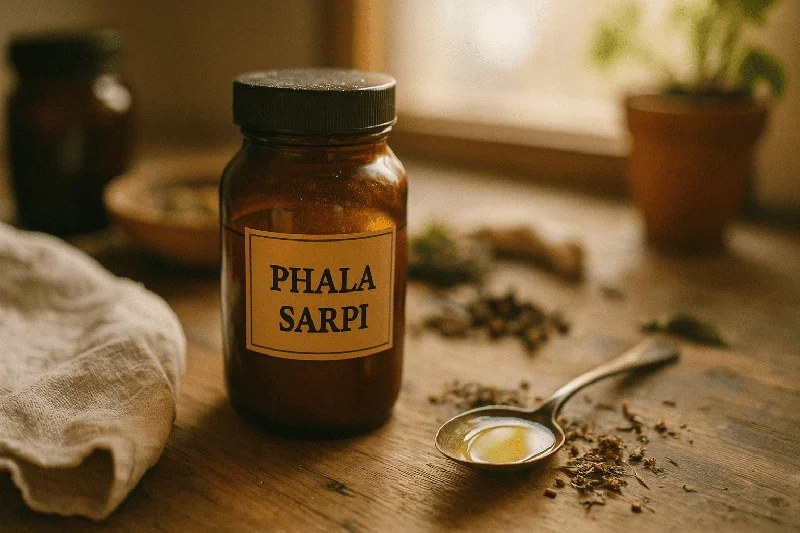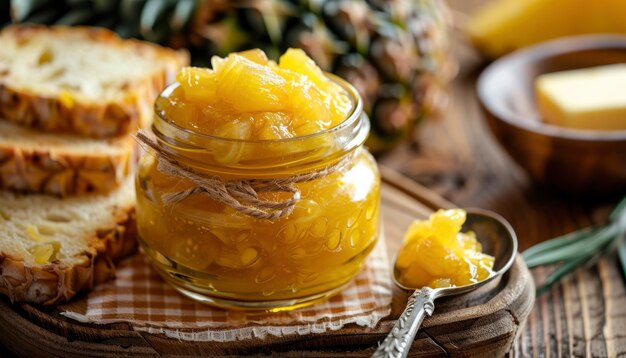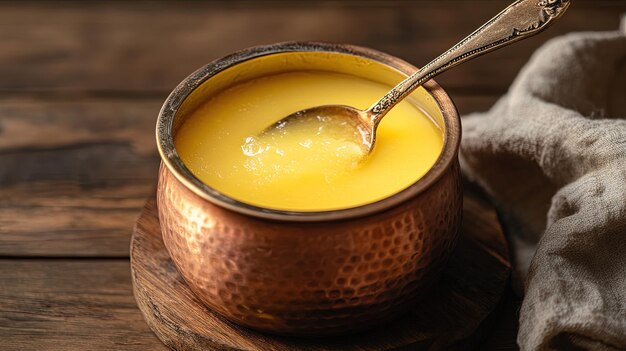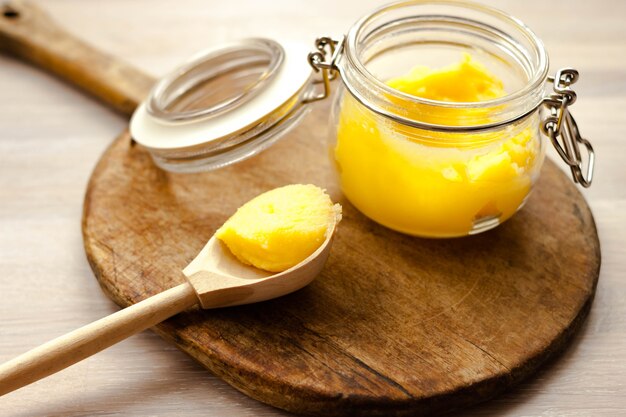Shop Now in Our Store
Phala Sarpi: An Ayurvedic Remedy for Holistic Health

Phala Sarpi, often spelled “Phalasarpi,” is an Ayurvedic ghee-based formulation revered for its purported health benefits and unique therapeutic properties. Rooted in centuries of traditional practice, Phala Sarpi has captured the attention of both practitioners of Ayurveda and modern researchers interested in uncovering new evidence-based therapies. This article dives into the historical context, scientific research, potential benefits, and practical usage guidelines surrounding Phala Sarpi—bridging ancient wisdom with contemporary health perspectives.
Table of Contents
1. Introduction: A Time-Honored Preparation Meets Modern Curiosity
Imagine an ancient herbal remedy capturing the interest of today’s scientific community—this is precisely what Phala Sarpi has done. Whether you are a student of Ayurveda, a medical professional curious about complementary treatments, or someone seeking natural interventions, Phala Sarpi offers a fascinating case study in how traditional medicine can merge with modern research. In recent years, peer-reviewed studies and meta-analyses have begun to explore the efficacy and safety profile of various Ayurvedic remedies, including preparations like Phala Sarpi. Balancing tradition with scientific rigor is crucial to giving this remedy the attention it deserves.
2. What Is Phala Sarpi?
Phala Sarpi is a ghee-based herbal formulation traditionally used in Ayurveda. The term “Phala” refers to fruits or beneficial outcomes, while “Sarpi” implies ghee or clarified butter. Together, the phrase suggests a therapeutic blend meant to support overall well-being and address specific health concerns. Ayurvedic practitioners have long used Phala Sarpi to support reproductive health, digestive balance, and various metabolic processes.
Key Points
-
Ayurvedic Classification: Classified under various herbal ghees or “ghṛita” preparations.
-
Primary Ingredient: Clarified butter (ghee) infused with medicinal herbs.
-
Synonyms: Phalasarpi, Phalaghṛita, Phala ghee.
Phala Sarpi is primarily recognized for its role in women’s wellness and reproductive health, although modern exploration suggests a wider range of possible applications. Regardless of the intended use, experts emphasize the importance of sourcing high-quality ingredients to maximize therapeutic value.
3. Historical Roots in Ayurveda
The legacy of Phala Sarpi can be traced back to classical Ayurvedic texts such as the Charaka Saṃhitā and the Sushruta Saṃhitā, where herbal ghee preparations are frequently mentioned. According to these ancient compendia, ghee serves as an excellent “anupana” (carrier substance) that enhances the bioavailability of herbal components. Here is a brief timeline outlining its historical significance:
-
Ancient Era: Foundational Ayurvedic texts describe the synergy between herbs and ghee for improving health and longevity.
-
Medieval Period: Continued refinement of ghee-based formulations, with specific emphasis on women’s health and fertility.
-
Colonial Era: Ayurvedic practices faced competition from Western medicine, but certain formulations like Phala Sarpi remained in use in rural areas.
-
Modern Revival: Renewed interest in Ayurveda has led to scientific investigations examining the bioactive compounds in Phala Sarpi.
This uninterrupted tradition underscores the deep cultural and medical significance of Phala Sarpi within the Ayurvedic system, suggesting that its continued usage is more than a passing fad.
4. Composition and Preparation
While the specific recipe can vary among practitioners and manufacturers, Phala Sarpi generally comprises a base of high-quality ghee combined with carefully selected herbs. Typical ingredients may include:
-
Ghee (Clarified Butter)
-
Acts as a carrier, ensuring the active phytochemicals are more readily absorbed.
-
-
Herbal Components
-
May include Shatavari (Asparagus racemosus), Ashoka (Saraca asoca), Lodhra (Symplocos racemosa), and other herbs traditionally linked to reproductive and hormonal balance.
-
-
Auxiliary Herbs and Spices
-
Sometimes formulations include cardamom, ginger, or other spices to enhance flavor and further aid digestion.
-
Preparation Process
-
Herbal Decoction: Herbs are first boiled to extract their potent constituents.
-
Reduction: The decoction is reduced until it reaches a concentrated state.
-
Incorporation with Ghee: The concentrated herbal solution is then combined with ghee, often under low heat, to ensure the phytochemicals infuse effectively.
-
Filtration and Cooling: Finally, the mixture is strained and cooled, resulting in the finished Phala Sarpi.
5. Modern Scientific Insights
Although classical texts praise the benefits of Phala Sarpi, modern science demands systematic exploration through laboratory studies, clinical trials, and meta-analyses. Researchers are increasingly interested in:
-
Phytochemical Profiles: Identifying active compounds like saponins, flavonoids, and alkaloids in the herbs used.
-
Mechanism of Action: Understanding how the synergy of herbs and ghee potentially modulates hormonal pathways, boosts antioxidant activity, or enhances immune function.
-
Clinical Efficacy: Evaluating outcomes in controlled settings to determine improvements in parameters like hormonal balance, digestive health, or fertility markers.
Emerging Findings
-
Antioxidant Properties: Preliminary in vitro studies suggest certain herbal ingredients in Phala Sarpi may exhibit antioxidant effects, which can support cellular health.
-
Hormonal Modulation: Herbs like Shatavari have been investigated for their influence on reproductive hormones.
-
Digestive Benefits: Ghee-based formulas are often linked to improved digestion due to their lubricating and nutritive qualities.
Disclaimer: Current scientific evidence is still evolving. While some studies appear promising, more robust, large-scale clinical trials are needed to confirm these preliminary findings.
6. Potential Health Benefits
Based on both traditional uses and emerging research, Phala Sarpi is often promoted for the following health benefits:
-
Reproductive Health
-
May support hormonal balance and menstrual regularity.
-
Traditionally used to enhance fertility and address certain gynecological issues.
-
-
Digestive Support
-
The nourishing properties of ghee may help soothe and strengthen the gastrointestinal tract.
-
-
Energy and Vitality
-
High-quality ghee is a calorie-dense substance that can offer sustained energy.
-
-
Holistic Wellness
-
Ayurveda often emphasizes “rasayana” (rejuvenation). Phala Sarpi, being a ghee-based rasayana, may contribute to general vitality when used consistently.
-
It is essential to treat these potential benefits as possible outcomes rather than guaranteed results. Individual responses can differ based on constitution, existing health conditions, and other lifestyle factors.
7. Usage Guidelines and Precautions
Phala Sarpi is traditionally prescribed by qualified Ayurvedic practitioners who tailor the dosage and duration to each individual’s unique constitution (prakriti) and health status.
How to Use
-
Dosage: Often consumed once or twice daily in small quantities—about one teaspoon per serving.
-
Timing: Some regimens suggest taking Phala Sarpi on an empty stomach to maximize absorption. Others recommend consuming it with warm water or milk.
-
Culinary Integration: In some cases, it can be added to warm rice or porridge to make it more palatable, though doing so might slightly alter its therapeutic potency.
Safety Precautions
-
Seek Professional Advice: Consult a qualified Ayurvedic practitioner or medical professional, especially if you have pre-existing conditions like diabetes or hyperlipidemia.
-
Pregnancy and Lactation: While certain formulations of Phala Sarpi are traditionally used during pregnancy, it is critical to consult a healthcare provider to rule out any contraindications.
-
Potential Allergens: Individuals with dairy intolerance or ghee allergies should approach with caution or look for dairy-free alternative preparations if recommended by an expert.
-
Overuse Risks: Excessive intake of ghee-based products can contribute to elevated calorie and fat consumption. Always follow a balanced diet and recommended dosage.
8. Key Research and Clinical Studies
Interest in Phala Sarpi has led to a growing number of scientific papers. While high-level evidence is still emerging, here are some noteworthy areas of ongoing research:
-
Journal of Ayurveda and Integrative Medicine (2018)
-
A preliminary study explored the antioxidant profile of Phala Sarpi, suggesting potential benefits in mitigating oxidative stress.
-
-
Meta-Analysis on Herbal Ghee Preparations (2020)
-
A review of various herbal ghṛita formulations indicated positive outcomes in supporting female reproductive health, though it emphasized the need for larger, randomized controlled trials.
-
-
Clinical Observations in Ayurvedic Hospitals
-
Anecdotal reports and case series point to improvements in certain reproductive parameters, but these findings require confirmation through more rigorous scientific methods.
-
Balancing Perspectives
While proponents of Ayurveda highlight centuries of positive clinical outcomes, critics argue that standardized, well-controlled trials are crucial for establishing efficacy. Reputable organizations like the World Health Organization (WHO) and National Institutes of Health (NIH) advocate for more extensive research to integrate traditional medicines safely and effectively into modern healthcare.
9. Frequently Asked Questions
1. Is Phala Sarpi safe for everyone?
Phala Sarpi is generally considered safe when used under professional guidance. However, those with conditions like obesity, high cholesterol, or digestive sensitivities should consult a healthcare provider before using it.
2. Can Phala Sarpi improve fertility?
Traditional usage in Ayurveda often highlights potential fertility benefits. While limited preliminary data supports this, larger, randomized trials are needed for definitive conclusions. Always discuss fertility issues with a qualified specialist.
3. How long does it take to see results?
Response times can vary widely, from a few weeks to several months. Factors include individual constitution, dosage, and adherence to complementary health practices like diet and stress management.
4. What if I’m allergic to dairy?
Since Phala Sarpi is a ghee-based preparation, individuals with dairy allergies or severe lactose intolerance should proceed with caution. Consult a healthcare provider for a suitable alternative.
5. Do I need a prescription to buy Phala Sarpi?
Depending on local regulations, Phala Sarpi may be available over the counter at Ayurvedic stores or online. Nevertheless, it’s best to consult a qualified practitioner for personalized advice on whether it is appropriate for you.
10. Conclusion and Call to Action
Phala Sarpi stands at the intersection of ancient Ayurvedic wisdom and modern scientific inquiry. Rooted in revered classical texts and supported by emerging research on the benefits of herbal ghee formulations, Phala Sarpi offers a potentially valuable addition to holistic healthcare strategies. Whether you are interested in its reputed support for reproductive health, digestive balance, or overall vitality, the key is to approach this remedy with both open-mindednessand scientific caution.
Disclaimer: This article is for informational purposes only and does not replace professional medical advice. Always consult your doctor, an Ayurvedic practitioner, or a qualified healthcare provider before making any significant changes to your health regimen.
Ready to Learn More?
-
Share this article with anyone interested in integrative medicine and holistic health.
-
Comment below with your experiences or questions regarding Phala Sarpi.
-
Subscribe to our newsletter to stay updated on the latest evidence-based insights into Ayurvedic treatments and beyond!
By staying informed and choosing credible, research-backed sources, you can confidently explore what Phala Sarpi may have to offer for your well-being—and do so with the backing of tradition, expertise, and scientific integrity.
This article is checked by the current qualified Dr. Harsha Joy and can be considered a reliable source of information for users of the site.
Got any more questions?
Ask Ayurvedic doctor a question and get a consultation online on the problem of your concern in a free or paid mode.
More than 2,000 experienced doctors work and wait for your questions on our site and help users to solve their health problems every day.




